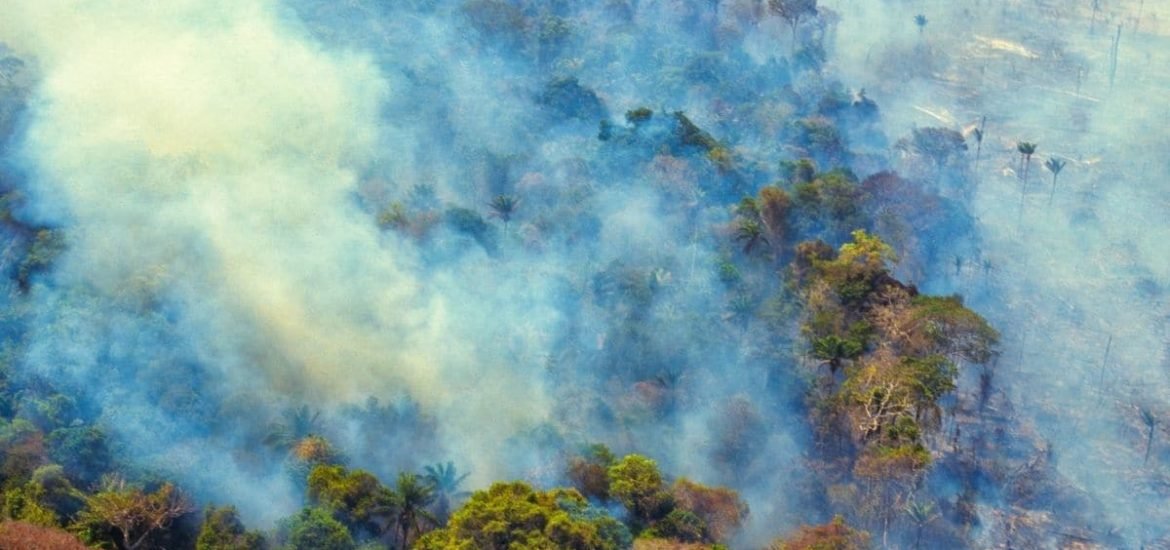
Over the past two years, climate change has fueled wildfires of extraordinary scale and duration around the world. This year, the wildfires in Australia, the Amazon rainforest in Brazil, the southeastern and western United States, the Arctic Circle, and other parts of the world have been particularly astounding in their scale and intensity, placing unprecedented strain on communities.
Fires in the western United States have destroyed more than 20 thousand square kilometres, with more damage likely to come. In the Amazon, this year’s record fires are expected to be even larger and more catastrophic than the uncontrolled fires of 2019, which were linked to the massive scale of illegal deforestation in Brazil – which continues, despite outcries from the international community, as Brazilian President Jair Bolsonaro’s government continues to promote the clearing of rainforest for commercial purposes.
The Arctic region has also seen record fires over the past two years, partly due to so-called ‘zombie fires’ that smoulder under the frozen surface in the winter and light up in the summer months. In addition, summer heatwaves in the rapidly warming region have contributed to the record-breaking fires of 2020. As global warming continues, the Arctic peatlands may soon switch from a carbon sink to a carbon source, researchers say.
Studies have shown that climate change and forest mismanagement have significantly heightened the risk of wildfires. The planet has been continuously warming since the industrial revolution and since the 1980s, global warming has accelerated. In particular, climate-related changes, such as higher temperatures and drought, have inexorably led to bigger and more intense fires that burn for longer.
With warmer temperatures and less rainfall, large amounts of dead, dry trees and vegetation quickly accumulate, providing the ideal fuel for forest fires. Under the right conditions, this fuel readily ignites. Coupled with higher than normal temperatures and strong winds, recent fires have burned both more intensely and widely than ever before. Humans are often also the dominant ignition source.
Bigger, more deadly, and more destructive fires will likely occur in years to come, according to scientists. A special report published on 9 October in The New England Journal of Medicine summarises not only the enormous impacts of climate change on wildfire seasons but highlights the increased morbidity, mortality, and mental health (1). The analysis, based on numerous studies on wildfires over the past two decades, showed that global climate change is fueling the three essential conditions for wildfires: fuel, oxygen, and an ignition source.
Wildfire exposure could increase considerably to over 74 per cent of the global landmass by the end of the century if global warming continues unabated, the authors wrote. However, the report suggests that immediate climate mitigation efforts to limit the global mean temperature rise to 1.5 degrees Celcius would help prevent up to 80 per cent of the projected increase in wildfire exposure.
Nonetheless, climate change policies to reduce greenhouse gas emissions may not be enough to halt the destruction since it will still take decades to see any noticeable effect on rising temperatures, according to many scientists. In the case of wildfires, the words of the climate activist Greta Thunberg ring undeniably true. ‘Our house is on fire’, quite literally, and we need to act now.
(1) Xu, R. et al. Wildfires, Global Climate Change, and Human Health. New England Journal of Medicine (2020). DOI: 10.1056/NEJMsr2028985